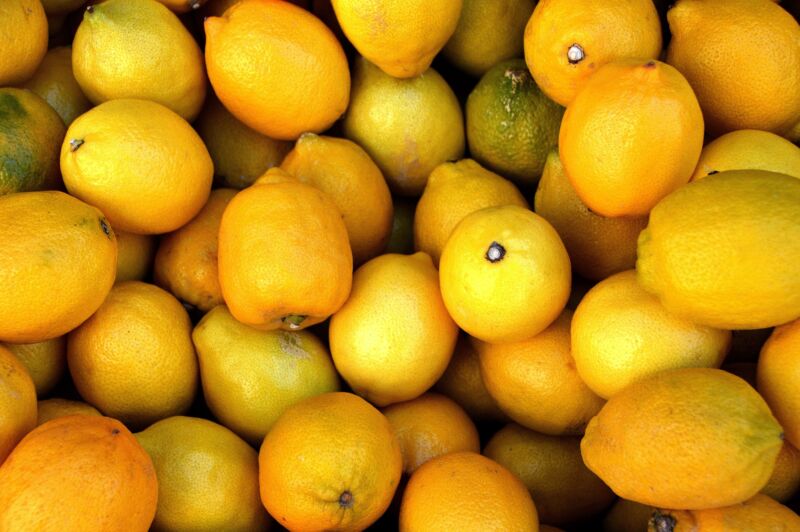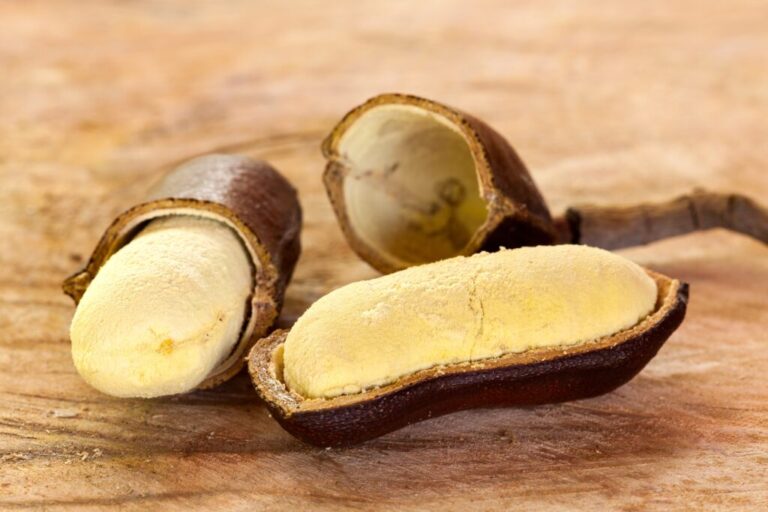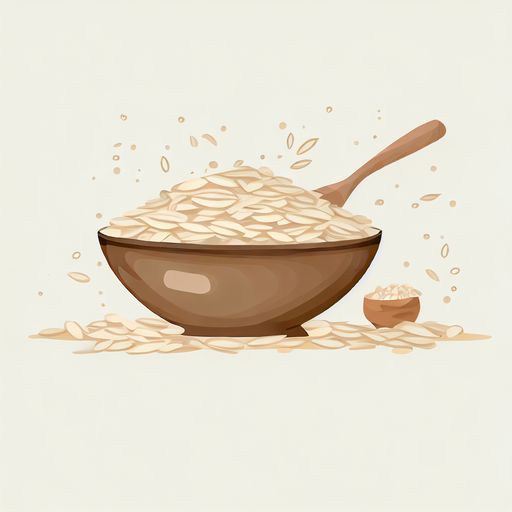Is A Lemon A Fruit Or Vegetable?
Lemons have long been a staple in kitchens around the world. Their tangy flavor adds a refreshing twist to countless dishes and beverages.
But have you ever wondered whether a lemon is a fruit or a vegetable?
In this article, we’ll delve into the fascinating world of botanical classification and culinary perspectives to unravel the mystery of the lemon’s true identity.
Are Lemons Considered Fruits or Vegetables?

Let’s start by exploring the botanical classification of lemons. From a botanical standpoint, lemons are undoubtedly classified as citrus fruits.
While they may not bear much resemblance to traditional vegetables like carrots or broccoli, lemons meet the scientific criteria for being classified as fruits.
Fruits are defined as seed-bearing structures that develop from the ovaries of flowering plants. In contrast, vegetables encompass various edible plant parts such as leaves, stalks, stems, and roots.
From a culinary perspective, lemons are commonly regarded as fruits, with a consensus among culinary experts and their frequent use in sweet dishes.
Difference Between a Fruit and a Vegetable
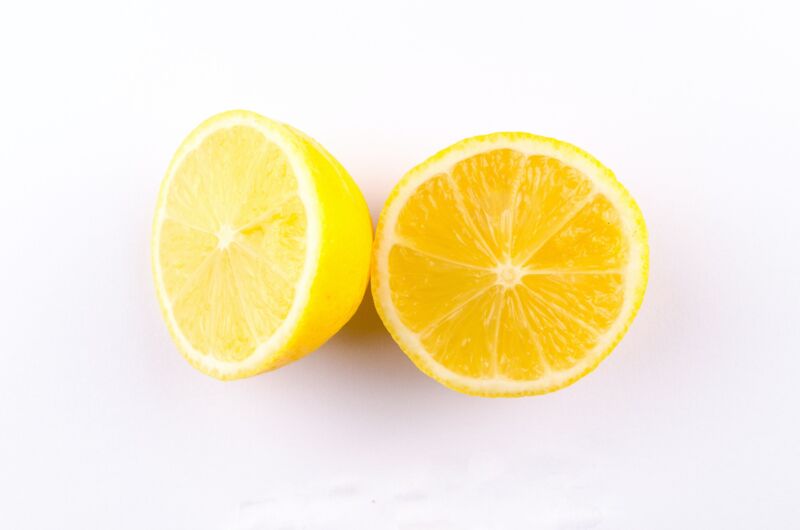
To further understand the distinction between fruits and vegetables, let’s examine both the culinary and botanical definitions.
Culinary definitions often revolve around taste and characteristics. Fruits are typically sweet and colorful, while vegetables tend to have savory, sour, or bitter flavors.
Botanically speaking, a fruit is the ripened ovary of a flowering plant that contains seeds. This definition includes various types of fruits, such as berries, drupes, and pomes.
On the other hand, vegetables are the edible parts of plants that do not bear seeds, such as stems, roots, and leaves. Carrots, for example, are classified as vegetables.
Considering these definitions, lemons undeniably fit the botanical definition of fruit, as they have seeds and develop from the ovary.
Are Lemons Classified as Berries?

You might be surprised to learn that lemons fall under the botanical classification of berries. Berries are characterized by their fleshy layers, consisting of the exocarp, mesocarp, and endocarp.
These layers provide protection and nourishment for the seeds within. Interestingly, lemons possess all these components.
The outer peel corresponds to the exocarp, the white rind represents the mesocarp, and the juicy insides constitute the endocarp.
In order for a fruit to be classified as a berry, it must have a protective structure and multiple seeds.
Comparatively, lemons share these characteristics with other well-known berries like strawberries.
Are Lemons a Natural Fruit?

Now, let’s explore the origins of lemons and their classification as a hybrid fruit. Lemons are the result of genetic crossbreeding between the citron fruit and the bitter orange.
This hybridization process led to the development of the lemon we know today. While some fruits occur naturally, lemons are considered a product of human intervention through controlled crossbreeding.
Other citrus fruits, such as the tangelo or the grapefruit, also originated from similar hybridization processes.
Despite their hybrid nature, lemons have become a naturalized part of our culinary landscape.
The Life Cycle of a Lemon Plant
Understanding the growth cycle of a lemon plant can provide further insights into its classification as a fruit.
Lemon plants start their journey from seeds, which sprout roots, stems, and leaves during the early growth stages.
After two to five years, the lemon tree begins branching and flowering, producing fragrant blooms.
Pollination and fertilization eventually lead to the development of lemons, which contain seeds within their juicy flesh. This life cycle confirms the botanical classification of lemons as fruits.
Versatile Uses of Lemons
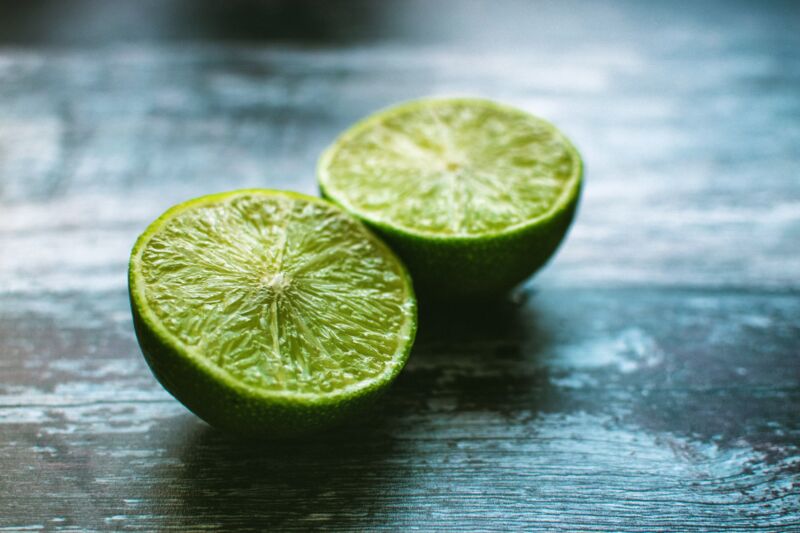
Lemons are incredibly versatile and find wide-ranging applications in culinary endeavors. Their tart flavor is a beloved addition to numerous dishes and beverages.
Lemons can even be used as a substitute for vinegar or lemon juice in cooking, offering a fresh twist and added health benefits.
Their acidity makes them ideal for salad dressings, while the natural pectin in lemons is perfect for making homemade jam.
Furthermore, different parts of the lemon, such as the zest, have distinctive flavors and can be utilized for various purposes.
From medicinal uses to cleaning properties, lemons have earned their place as a multifaceted ingredient.
Conclusion
After considering both botanical and culinary perspectives, it’s evident that lemons are indeed fruits.
Their botanical classification as citrus fruits, their characteristics as berries, and their growth cycle all confirm their fruit status.
Understanding the true nature of lemons enhances our appreciation for these zesty wonders.
So, the next time you squeeze a lemon into your drink or use it in a recipe, remember that you’re harnessing the power of a delightful and versatile fruit.
